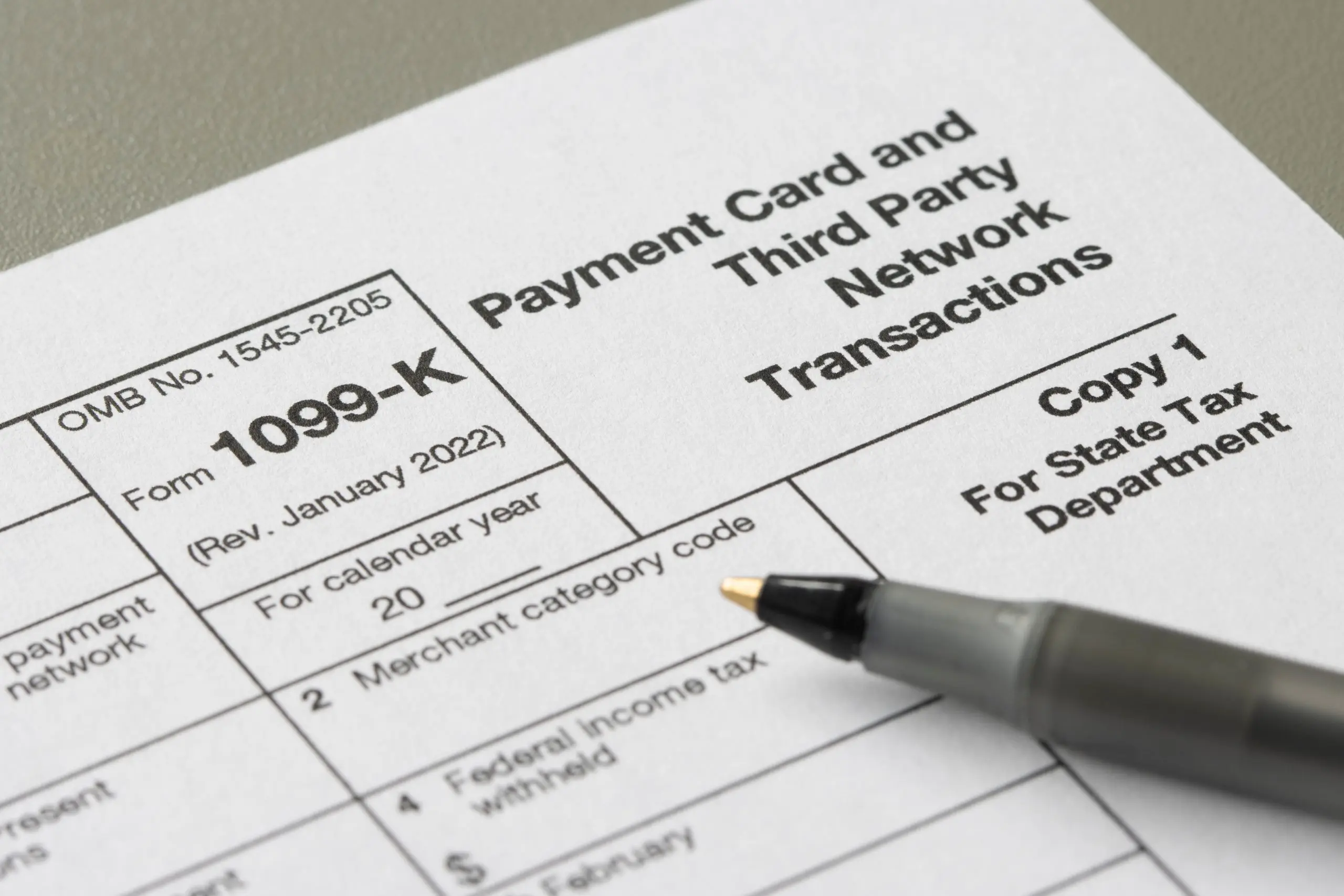As tax season approaches, keep an eye out in the mail for envelopes labeled “tax information.” Among the numerous items they may include are several sorts of 1099 tax forms. But what are they used for, and why are they required? Let ‘s see.
A 1099 form is used to reflect income earned outside of a regularly paid position. There are several sorts of 1099 forms. Any organization or individual from whom you received payment has to send this tax form to you by January 31 of each year.
It may be tempting not to record this income on your tax return, particularly if the sums are minuscule. Remember, however, that these firms also transmit a copy of your 1099 forms to the IRS. The tax return you submit will be compared to what is already on file to determine whether there are any inconsistencies.
The problem with 1099 earnings is currently receiving attention, with the IRS announcing that transactions exceeding $600 made via third-party payment applications must be reported. The tax office later deferred the requirement for this tax year, but it is still crucial to remember.
Here’s everything you need to know about the many types of 1099 tax forms, how to check you’ve gotten all of your documentation, and advice for a smoother filing season.
What should I do with my 1099s?
A 1099 form displays the revenue you made outside of your employment. Employees receive a W-2, whereas independent contractors, freelancers, and gig workers receive a 1099. Any taxpayer may set up a free ID.me account to know what documents they might expect to get this year, as anybody sending a W-2 or 1099 will also send a copy to the IRS.
For some taxpayers, nonemployee, or 1099, income accounts for the majority (if not all) of their earnings in any one year. An rising number of people rely on side hustles and other sources of income to make ends meet: According to a Harris study of 2,032 respondents commissioned by Zapier, a marketing automation firm, four out of every ten Americans have a side hustle, earning an extra $12,689 per year on average. Because extra income sources might result in additional tax forms, some individuals may receive many types of 1099s.
If you got one or more 1099s in the recent few weeks, the first step is to open an account with the IRS and verify the tax records linked with your Social Security number. According to Christina Taylor, Cash App Tax specialist and head of eFile operations, you’ll be able to ensure that you haven’t overlooked anything because the firm sending your 1099 must simultaneously give it to the tax agency. “I always recommend you collect your wage and income transcript [on ID.me] from the IRS first,” Taylor went on to say.
Once you’ve gathered all of your documentation, consider if you’ll be filing with a tax specialist this year. Filing early in the season may result in a speedier turnaround time, particularly if you’re entitled a refund, Krystal Pino, certified public accountant and CEO of Nomad Tax, a tax service for digital nomads, says. “I tell people every day that we tax accountants are a lot less occupied in February than we are in March and April,” Mr. Pino said.
The most common types of 1099s
There are several sorts of 1099 tax forms, and many of them pertain to very particular financial situations. If you earned money outside of your permanent employment, you will most likely come across one or more of the following forms.
1099-INT
Form 1099-INT shows the interest you earned on savings. For example, if you had a high-yield savings account and the interest on that account totaled $50 this year, both you and the bank must declare that money as income, and you will be taxed on it.
Banks are meticulous about handing out 1099-INT documents on schedule. If you only receive paperless statements, you’ll most likely get this form online.
1099-DIV
Form 1099-DIV reports revenue from investment dividends and distributions. If you have a brokerage account that holds stocks or mutual funds and these assets pay dividends, it is considered income. Dividend income does not include dividends earned in tax-sheltered retirement plans like a 401(k) or IRA.
1099-MISC
Form 1099-MISC reports miscellaneous revenue. If you obtained more than $600 in a given year from a business, you should have gotten a 1099-MISC. Income sources include award money, gross earnings payments to attorneys, and rental payments for space or equipment. Form 1099-MISC was once used to document non-employee remuneration, however, it was phased out in 2020 when Form 1099-NEC was created.
Because the MISC has evolved into a true miscellaneous category that no longer includes remuneration, “there’s not much that goes into that category anymore,” Pino said. According to Pino, the most typical cause for obtaining a 1099-MISC is purchasing a home, which includes one-time deductions for property taxes and mortgage interest.
1099-NEC
Form 1099-NEC is used to document non-employee remuneration. You’ll get this form if you were self-employed (gig worker, freelancer) or completed independent contractor work worth more than $600 last year.
As previously stated, this revenue used to be reported on the 1099-MISC until 2020. This is why, after years of freelancing, you no longer receive a 1099-MISC form and instead receive this one.
According to Taylor, if you are under contract with a corporation but not a full-time employee and are paid based on contract conditions, you should expect to receive a 1099-NEC.
If you earn independent contractor income, the IRS will treat you as a single proprietor, even if you do not have a formal company structure, and you may be required to pay self-employment taxes on the income.
1099-K
Form 1099-K records the revenue you received through a third-party payment processing company. It’s comparable to nonemployee remuneration, except that you received paid through PayPal, Venmo, or Cash App rather than directly from the company.
Previously, payment processing businesses were only required to produce a 1099-K if you had more than 200 transactions totaling $20,000 or more in income in a given year. The annual income requirement was reduced to $600, and the new regulation was set to go into effect this tax season. However, because to concerns that the reporting shift would overwhelm taxpayers and jam systems, the IRS proposed a phased deployment strategy.
As the new threshold takes effect in the coming years, tax experts predict a rough ride, particularly because some taxpayers may receive both a 1099-NEC and a 1099-K for the same income. “Don’t report both, or you’ll be double taxed,” Taylor said.
It’s worth noting that a 1099-K form indicates gross income. Because you most certainly paid fees to the payment processing company in order to use their service, make sure to include these costs in your deductions.
1099-B
Form 1099-B reports income from the selling of securities at a brokerage or barter exchange. If you sold shares last year, your profit or loss will be recorded on a 1099-B. Even if you sold at a loss, make sure to file this form. You may be allowed to roll over part of your losses to the next year, offsetting any taxes due on future profits.


Thanks for the insight!
22 is insane
Why is there that many???
Could you cover tax implications of divorce?
Thanks guys
I’m a student. what tax credits apply to me?
Thanks
Thanks for the clarification.
Typeeeeeeee
I didn’t know that lol